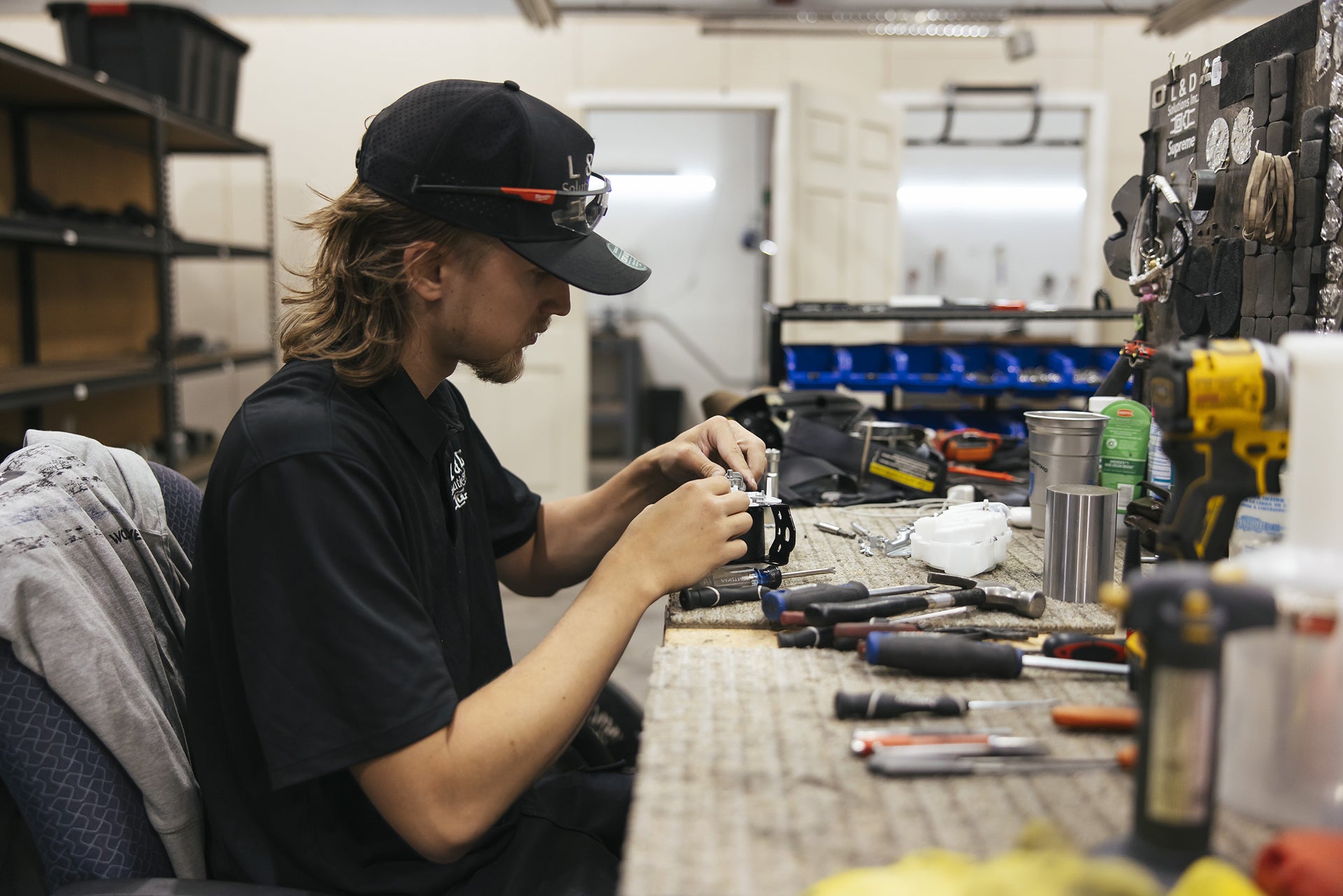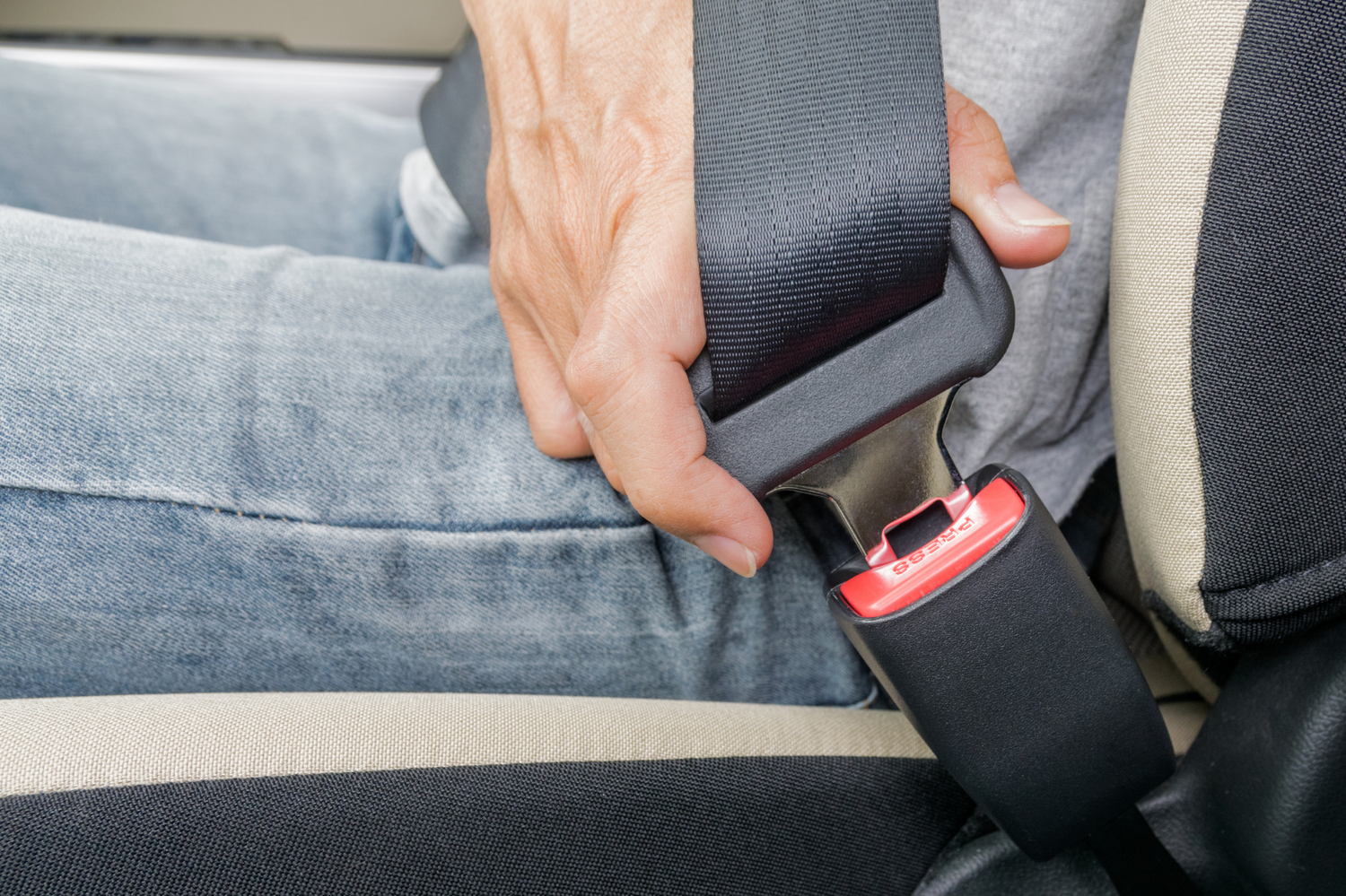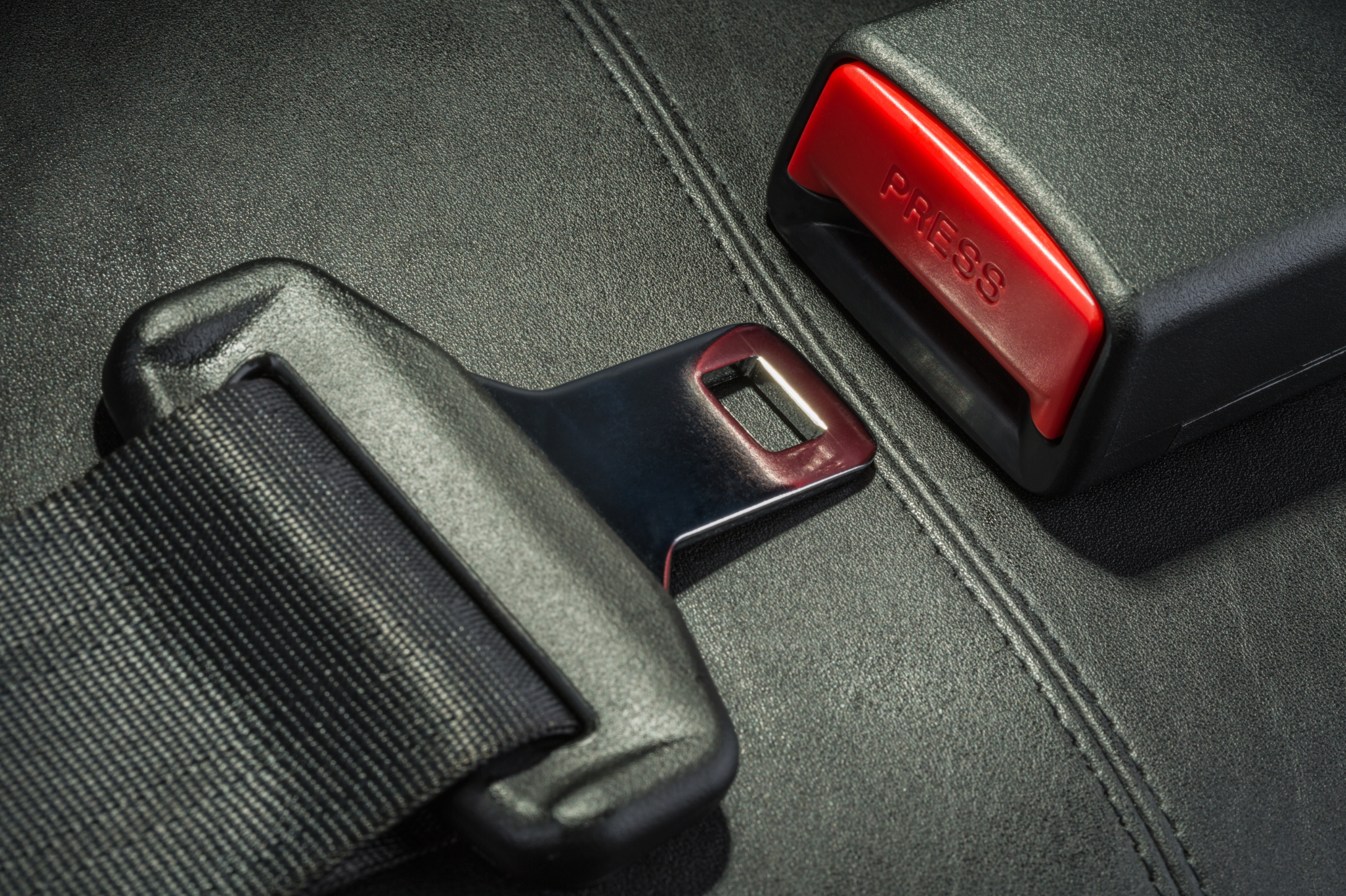Seat belts are crucial safety components in any vehicle. A properly functioning seat belt system is essential for the safety of the driver and passengers. One common issue many car owners face is a sticky seat belt buckle. This can be both annoying and dangerous, as it may prevent you from securing the seat belt correctly. In this guide, we will go through simple steps you can take to troubleshoot and fix a sticky seat belt buckle.
Step 1: Inspect the Buckle
Before you start any cleaning or fixing process, it is important to inspect the buckle. Look for visible signs of damage, debris, or foreign objects that could be causing the buckle to stick. Remove any visible debris with a small tool, such as a flathead screwdriver or a pair of tweezers. Be careful not to damage the buckle while doing this.
Step 2: Clean the Buckle
If your buckle is free from visible damage and debris, the next step is to thoroughly clean it. Often, dirt, dust, and spilled liquids can make their way into the buckle mechanism and cause it to stick. Follow these steps to clean it effectively:
- Use a small brush (an old toothbrush works well) to remove loose dirt and grime.
- Apply a small amount of soapy water or rubbing alcohol to the brush and gently scrub the buckle. Avoid soaking the buckle, as excess moisture can cause additional problems.
- Wipe the buckle with a clean, dry cloth to remove any remaining cleaning solution and moisture.
- If the buckle is particularly dirty, you may use a small blast of compressed air to dislodge stubborn grime from the mechanism.
Step 3: Lubricate the Buckle
After cleaning the buckle, lubrication is often the next step in ensuring smooth operation. It is important to choose an appropriate lubricant for the job; silicone spray or graphite-based lubricants work best as they do not attract dirt and dust. Here’s how to properly lubricate the seat belt buckle:
- Spray a small amount of lubricant directly onto the buckle mechanism.
- Insert the seat belt latch into the buckle several times to work the lubricant into the mechanism.
- Wipe away any excess lubricant from the surface of the buckle to prevent dirt accumulation.
Step 4: Test the Buckle
Once you've cleaned and lubricated the buckle, it's time to test it to ensure that it's working correctly. Buckle and unbuckle the seat belt several times to check if the sticking issue has been resolved. During this process, listen for any unusual noises, which may indicate the presence of residual debris or damage.
Step 5: Consider Professional Help
If you have followed all the previous steps and the seat belt buckle is still not working properly, there may be a more serious issue at hand. In such cases, it’s best to seek help from a professional. A certified mechanic will have the correct tools and expertise to diagnose and fix the problem safely.
It is important not to ignore seat belt problems, as they can be a critical safety concern. By maintaining your seat belts properly and addressing issues promptly, you ensure the safety of all passengers in your vehicle.
A sticky seat belt buckle can usually be resolved with a little bit of cleaning and lubrication. However, make sure to perform regular checks and maintenance to prevent such issues from arising in the first place. Always prioritize your safety and the safety of your passengers by ensuring that every component of your seat belt system is in good working order.




Leave a comment
This site is protected by hCaptcha and the hCaptcha Privacy Policy and Terms of Service apply.